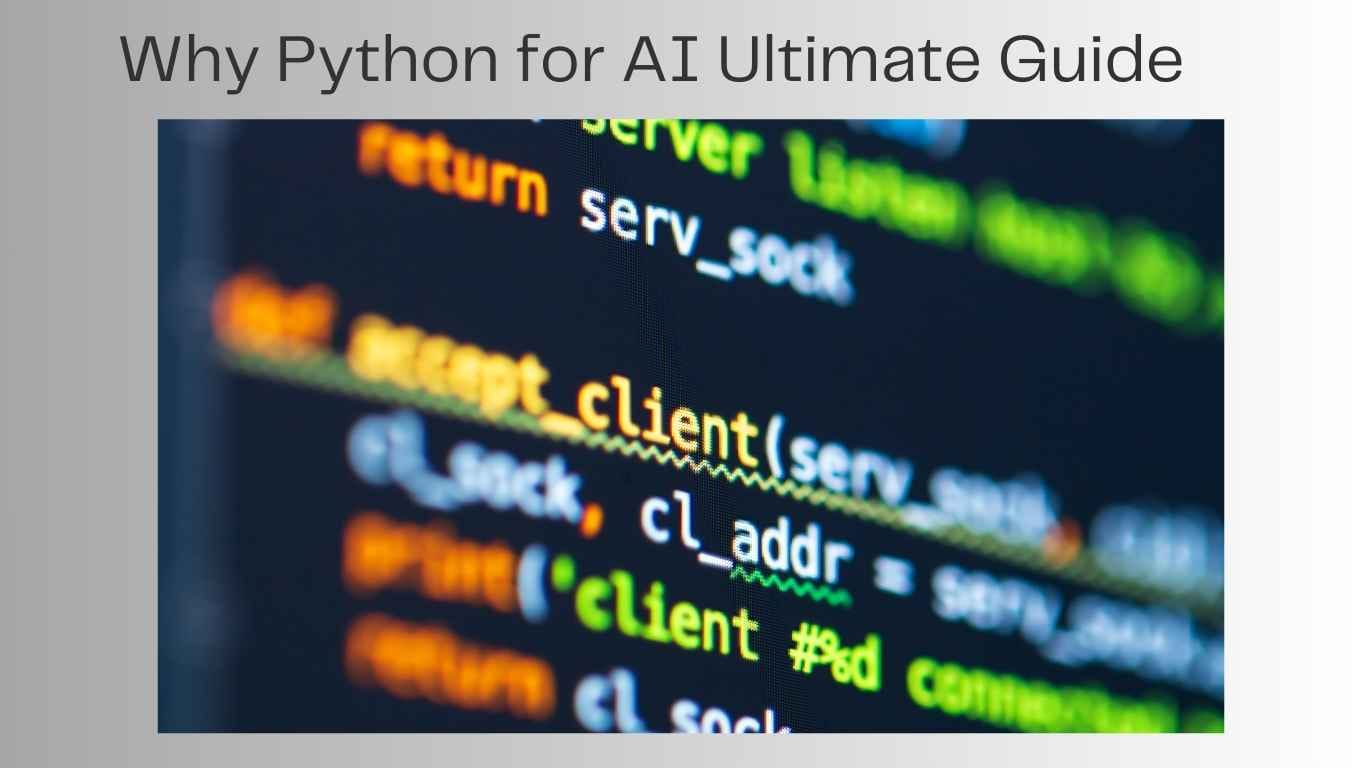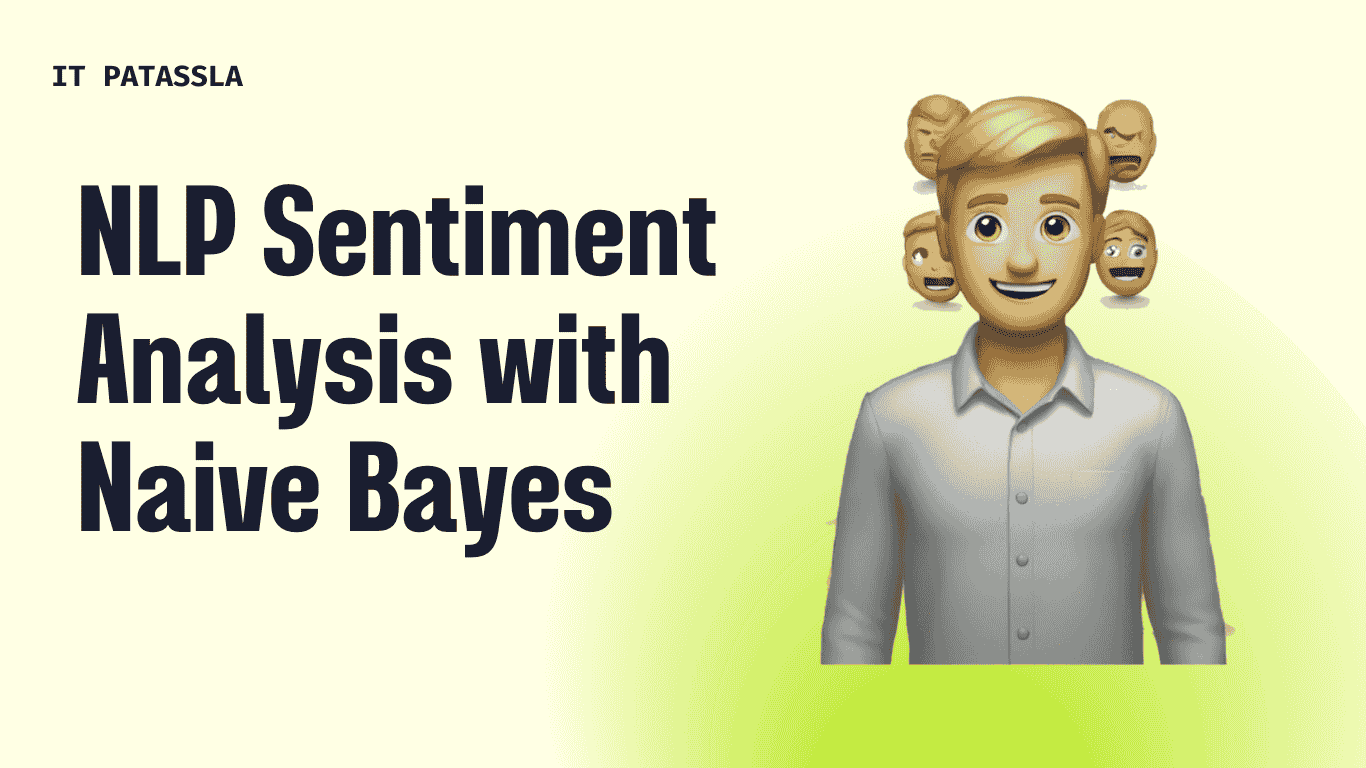Guide to AI Intelligent Systems in 2025
AI Intelligent Systems: Everything You Need to Know
What Are AI Intelligent Systems?
AI Intelligent Systems are computer-based systems that simulate human intelligence to perform tasks like reasoning, learning, decision-making, and problem-solving. These systems are powered by Artificial Intelligence (AI) technologies such as machine learning, natural language processing, robotics, and computer vision.
Unlike traditional software that follows pre-coded rules, AI intelligent systems can learn from data, adapt to new information, and even make autonomous decisions without human intervention.
Key Characteristics of AI Intelligent Systems
- Autonomy: Operate with minimal human supervision.
- Learning Capability: Improve performance by learning from past experiences.
- Real-Time Decision Making: Respond to dynamic inputs in real-time.
- Adaptability: Adjust behavior in changing environments.
- Reasoning Ability: Can infer and make logical decisions like a human.
Core Components of AI Intelligent Systems
To understand how intelligent systems work, let’s break down their key components:
- Data Input: Sensors, cameras, or data sources provide real-world input.
- Knowledge Base: Stores facts, rules, and learned patterns.
- Inference Engine: Applies logical rules to data to derive new facts.
- Learning Engine: Improves system performance using machine learning algorithms.
- Output Mechanism: Executes tasks, sends alerts, or makes decisions.
🔍 Example: An AI-powered self-driving car processes data from cameras and sensors to detect pedestrians, traffic signs, and road lanes. Its inference engine makes split-second decisions to control speed, direction, and braking.
Types of AI Intelligent Systems
- Reactive Systems
- Respond to current inputs.
- No memory of past events.
- Example: Chess-playing AI like IBM’s Deep Blue.
- Limited Memory Systems
- Use past experiences to inform decisions.
- Example: Self-driving cars.
- Theory of Mind AI(in development)
- Understand emotions, beliefs, and intentions.
- Future applications: Human-like personal assistants.
- Self-Aware Systems
- Hypothetical future systems with consciousness and self-awareness.
Real-Time Applications of AI Intelligent Systems
1. Healthcare
AI systems help diagnose diseases, predict patient outcomes, and personalize treatment plans.
- Example: IBM Watson Health analyzes vast medical datasets to recommend cancer treatment options.
2. Finance
AI bots analyze markets, automate trading, detect fraud, and handle customer queries.
- Example: AI algorithms in hedge funds like Renaissance Technologies for predictive trading.
3. Manufacturing
AI-based robotics perform tasks like quality inspection, predictive maintenance, and autonomous production.
- Example: BMW uses AI-powered robots for precision assembly in their manufacturing plants.
4. Retail and E-commerce
AI enhances customer experience through product recommendations, chatbots, and inventory optimization.
- Example: Amazon’s recommendation engine suggests products based on your browsing and buying history.
5. Education
AI tools like intelligent tutoring systems assess student performance and provide personalized learning paths.
- Example: Duolingo uses AI to adapt lessons based on learner’s proficiency and errors.
Benefits of AI Intelligent Systems
- Increased Efficiency: Automate repetitive tasks.
- Cost Reduction: Fewer manual errors, optimized operations.
- Scalability: Handle large volumes of data and tasks.
- Enhanced Accuracy: High precision in decision-making.
- 24/7 Availability: Continuous operation without fatigue.
Challenges in Implementing AI Intelligent Systems
- Data Privacy & Security: Risks related to personal data misuse.
- Bias in AI: Inaccurate or discriminatory decisions due to biased training data.
- Lack of Transparency: Black-box models where decision logic is unclear.
- Cost of Implementation: High initial setup and maintenance costs.
- Skill Gap: Need for trained professionals in AI and data science.
Difference Between Traditional Systems vs. AI Intelligent Systems
| Feature | Traditional Systems | AI Intelligent Systems |
|---|---|---|
| Programming | Rule-based | Data-driven |
| Learning | No | Yes |
| Adaptability | Fixed | Dynamic |
| Decision Making | Manual or static | Automated |
| Examples | Excel macros, database queries | ChatGPT, Siri, Self-driving cars |
Technologies Behind AI Intelligent Systems
Machine Learning (ML)
- Enables systems to learn from data.
- Algorithms: Decision Trees, SVM, Neural Networks.
Deep Learning
- Subset of ML using neural networks with multiple layers.
- Useful in image recognition, speech translation.
Natural Language Processing (NLP)
- Helps machines understand human language.
- Applications: Chatbots, Voice assistants like Alexa.
Computer Vision
- Allows systems to “see” and interpret visual data.
- Examples: Face detection in photos, object tracking.
Robotics
- Physical machines driven by AI to perform tasks.
- Example: Warehouse robots in Amazon.
Real-World Example: Smart Traffic Systems
Cities like Singapore and Barcelona use AI to optimize traffic flow. AI systems monitor traffic density, predict congestion, and control traffic lights in real time.
- Result: Reduced travel time, improved emergency vehicle access, and lower emissions.
The Future of AI Intelligent Systems
AI intelligent systems are rapidly evolving and are expected to transform every major industry. Some of the trends we’re likely to see include:
- Emotionally intelligent AI
- AI-powered creativity tools (e.g., music, art, writing)
- Edge AI for real-time decision making on devices
- AI in space exploration and agriculture
- Ethical and explainable AI systems
Ethical Considerations
While AI intelligent systems offer immense benefits, they also raise ethical concerns:
- Should AI replace human jobs?
- How do we ensure AI decisions are fair?
- Who is accountable when AI makes a wrong decision?
🧠 Example: In autonomous driving, if an AI misjudges a pedestrian and causes harm, who’s legally responsible—the software company, the manufacturer, or the user?
How to Learn and Work with AI Intelligent Systems
If you’re a student, beginner, or tech enthusiast, here’s how you can start:
- Learn Programming – Start with Python.
- Understand Math – Basics of linear algebra, calculus, and statistics.
- Study AI Concepts – Online courses (Coursera, edX, Udemy).
- Hands-On Projects – Build chatbots, image classifiers, etc.
- Join Communities – GitHub, Stack Overflow, Reddit, Discord AI groups.
📚 Suggested Course: “AI for Everyone” by Andrew Ng (Coursera)
Final Thoughts
AI Intelligent Systems are revolutionizing how we live, work, and interact with technology. They combine data, intelligence, and automation to solve complex problems that once required human thought. As we move further into the digital age, understanding how these systems work—and how to build them—will be a valuable skill for anyone, whether you’re a student, developer, or entrepreneur.
Now is the time to explore this fascinating world and shape the future with smart systems!
Also read these




